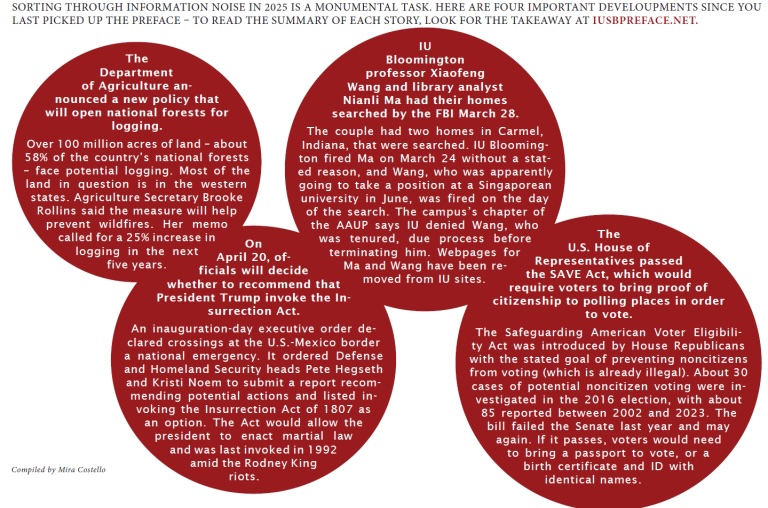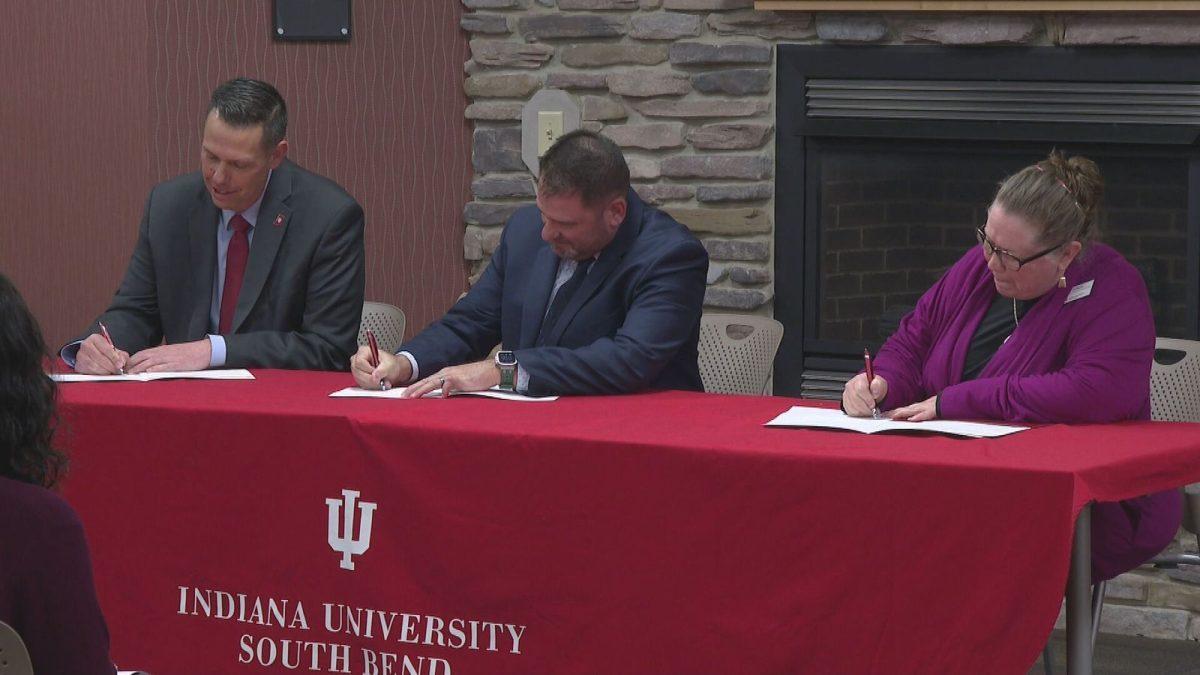Photo // Firstpost
A doctor checks the IV of a HMPV patient in China.
HMPV, Norovirus and the “quad-demic
By: Rafael Tortolero
Multimedia specialist
In recent months, you may have heard rumors of a “new virus”, which has raised concerns about a new COVID-19-like pandemic. The Human Metapneumovirus (HMPV) can cause respiratory illness in people of all ages. Some common symptoms are cough, nasal congestions, fever and shortness of breath. It spreads from person to person, and there is currently no treatment for it.
Even though this sounds very similar to the COVID-19 virus that caused the world to shut down five years ago, health experts have said there is no need to worry, and the reason we have heard more about this is just an usual seasonal increase. The virus was discovered in 2001 and has been around ever since. Even though most cases are reported in China, HMPV is found in multiple countries during the spring, but not many test or publish data for the virus.
Aside from HMPV, you may have heard the phrase “quad-demic”, referencing four viruses currently circulating with higher infection rates in the U.S. COVID-19, Respiratory Syncytial Virus (RSV) and the flu are the respiratory viruses that have seen increased emergency room visits this winter. Adults with RSV often have mild symptoms that they may attribute to a cold, but the virus can be severe in infants, young children and older adults.
The fourth player in the “quad-demic” is Norovirus, which you may know as the stomach flu or a stomach bug, even though the virus itself is not a type of influenza. Some people who actually have Norovirus may also attribute their symptoms to food poisoning. While people may contract Norovirus from eating or drinking, their illness is not caused by the food being expired or undercooked, but by the food coming in contact with a surface or person contaminated with Norovirus.
The number of Norovirus cases reported this year have increased significantly compared to past years. Norovirus is highly contagious and is the leading cause of foodborne illness, like diarrhea and vomiting. According to the CDC, each year there are at least 2,500 reported cases of Norovirus in the United States.
In the past few months we’ve seen multiple outbreaks all over the U.S. While November through April is the typical infection peak, this year’s levels are more than double last year’s peak. Data examining levels of Norovirus in wastewater has found that the Midwest is the second-most highly infected region as of this month.
People can still be contagious up to two weeks of not feeling any symptoms. Because of its structure, Norovirus can live on surfaces much longer than other pathogens, and it is not killed by hand sanitizer or standard disinfectants. On surfaces, it must be removed with a bleach solution. Thorough hand washing with soap and water should prevent contact spread.
Some of the most common settings for a Norovirus outbreak are healthcare facilities; restaurants; schools and daycare centers; and cruise ships, which are the most frequent offender. Some of the symptoms include diarrhea, vomiting, nausea, stomach pain, fever and dehydration. Most people feel better within one to three days.
Anyone is at risk of getting infected with Norovirus, and since there is no specific treatment for it, everyone should be careful. Moderna reports that it is developing a Norovirus vaccine for adults, but no vaccine is currently available.
While there is nothing to suggest we should expect another state of emergency or lockdown yet, it is important to exercise caution and be aware of the public-health consequences of our decisions.
Although it may seem obvious, it is true that the best way to prevent Norovirus and other illnesses is to wash your hands thoroughly with soap and water and avoid contact with others when you are sick. For 19- to 26-year olds, the CDC recommends at least one dose of an updated COVID-19 vaccine, an annual flu vaccine and an updated Tdap (tetanus, diphtheria and whooping cough) vaccine every 10 years.

















Akuntansi • Mar 14, 2025 at 12:24 pm
What is the Human Metapneumovirus (HMPV), and what symptoms does it cause? Regard Akuntansi